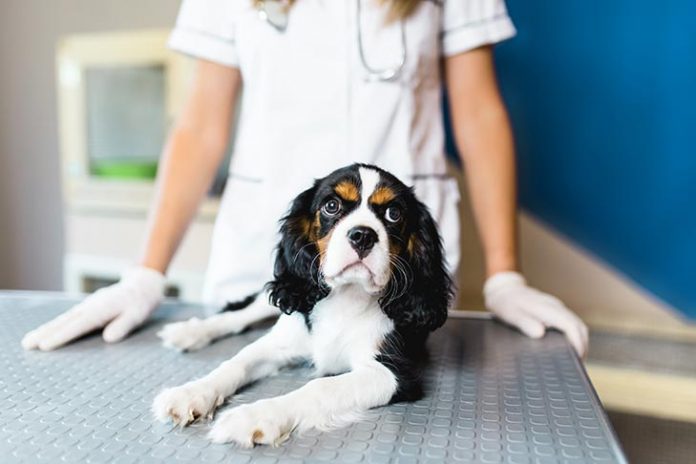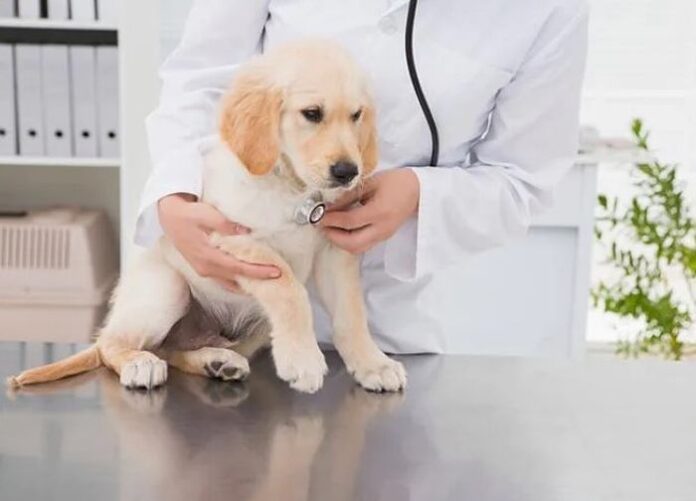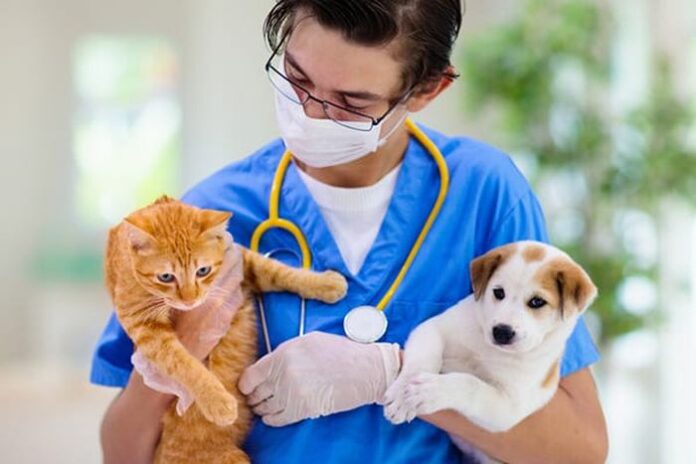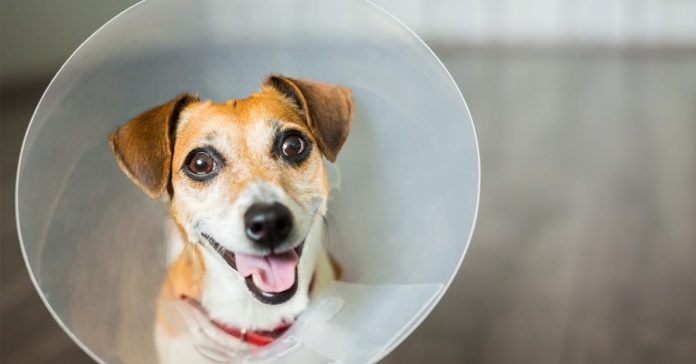Neutering pets can be a rather controversial topic, in the absence of proper information. Owners may wonder: why should I subject my animal to surgery that is not necessary in the end? “Anesthesia” is a heavy word that brings with it the possibility of losing an important family member.
Neutering is not a risky or expensive procedure. Although there are free neutering campaigns, we recommend that you go to the doctor who has your pet under observation. There are many reasons why most of specialists and veterinarians encourage pet owners to resort to this medical procedure.
Why choose neutering?

Female dogs reach sexual maturity between the ages of 7 and 9 months, depending on the breed, and cycles occur once every 6, 7 or 8 months. The veterinarian recommends spaying puppies at the age of 6 months, just to completely avoid the menstruation period. Have you ever wondered what is the reason for this recommendation? Well, this approach prevents breast cancer by 99%! Spaying helps prevent uterine infections and breast tumors and if the intervention is done before the first heat, it offers the best protection from these diseases. Disorders such as false pregnancy and lactation are also avoided.
If the spaying is done at the age of 6 months, in addition to the fact that you protect your puppy from cancer, it also facilitates the recovery. Young and healthy organisms tolerate anesthesia very well and have an almost an insignificant risk of suffering from it. Also, the actual recovery will be much faster. In general, the day after the operation, the puppies already resume their normal activities without any problems, and 10 days after the operation, the wires are removed.

Another reason for spaying your dog is to prevent the overpopulation of dogs. You don’t always have the possibility to keep track of all the puppies you give away and the chances are some of the owners will abandon the dog if they don’t like how it looks at maturity. By spaying your dog, you also help organizations like ROLDA to fight against abandonment and combat pet overpopulation. The animals in the shelters cannot be adopted until they have undergone this operation.
Neutering directly contributes to reducing the number of stray animals. A female dog can give birth to over 100 puppies in her lifetime. It is obvious that these puppies will not always find a home, thus increasing the number of stray dogs on the streets, which end up being euthanized, killed, abused or end up in a shelter waiting to be adopted.
Unlike females, male dogs do not have cycles. They reach sexual maturity at the age of one, at which point they begin to “mark” their territory (but this habit may begin earlier). Their neutering is not considered mandatory, as in the case of females, but it prevents the appearance of testicular and prostate cancer. The operation itself is much less invasive than in the case of females, without the need to open the abdomen. Recovery is quick and painless. Only in their case it is recommended to neuter after the age of 1 year. Males will no longer come home with wounds, abscesses, scratches that inevitably occur during the fighting for reproduction. At the same time, the males that are not neutered are at increased risk of accidents, leaving home during the mating season.
Another thing worth mentioning is that, after neutering in both females and males, the risk of obesity increases. That is why it is recommended to switch to a special diet food for neutered animals. Remember that your pet can remain fit and trim as long as you continue to provide exercise and monitor his food intake.
Other benefits of spaying and neutering your pets

Neutering pets decreases the risk of aggressive behavior. Multiple studies show that non-sterilized males can become much more aggressive and even bite compared to sterilized males.
Neutering pets discourages marking the territory. Especially males, but also females, will mark their territory if they are not neutered. This is also one of the main cases for which many pet owners choose to abandon them, not knowing that it is a normal behavior if they have not resorted to neutering.
Neutering alleviates inappropriate behaviors. In general, an animal that is not neutered will adopt a dominant attitude, barking and even attacking to establish its territory. After neutering these behaviors and this instinct will be calmed. Neutered dogs become more docile, more balanced and more affectionate, making training easier. It is important to know that these procedures do not change the behavior of the animal towards the owner or the guard or hunting instinct. Your dog will be as cheerful, loving and active as before.
Many specialists support the neutering of pets in order to ensure good health. There are no other methods of reducing the risks and health problems mentioned above. The surgery is safe and effective, with positive long-term results.
Although spaying and neutering are considered routine interventions, we recommend that you talk to your veterinarian and understand what such an intervention entails. The veterinarian can also give you information on how to prepare the animal before neutering / castration, but also what you need to do after the intervention. The veterinarian will advise you on the surgical procedure (what is happening), the right type of anesthesia for your pet, the necessary tests, recovery and postoperative feeding.
Recommended by the veterinarians
Most of the veterinarians strongly recommends spaying and neutering, not in order to deprive the animal of the “joys of youth” but to ensure them the “quiet old age”. The incidence of cancer in both dogs and cats is worrying, and it only increases with each passing year. Prevention remains the best treatment. The neutering is recommended not only for its preventive nature, but also because it reduces the number of animals abandoned on the streets, being products of unwanted breeding. As a responsible owner, you should always consider the best solution for your pet. Also, don’t forget to microchip your furry friend!









